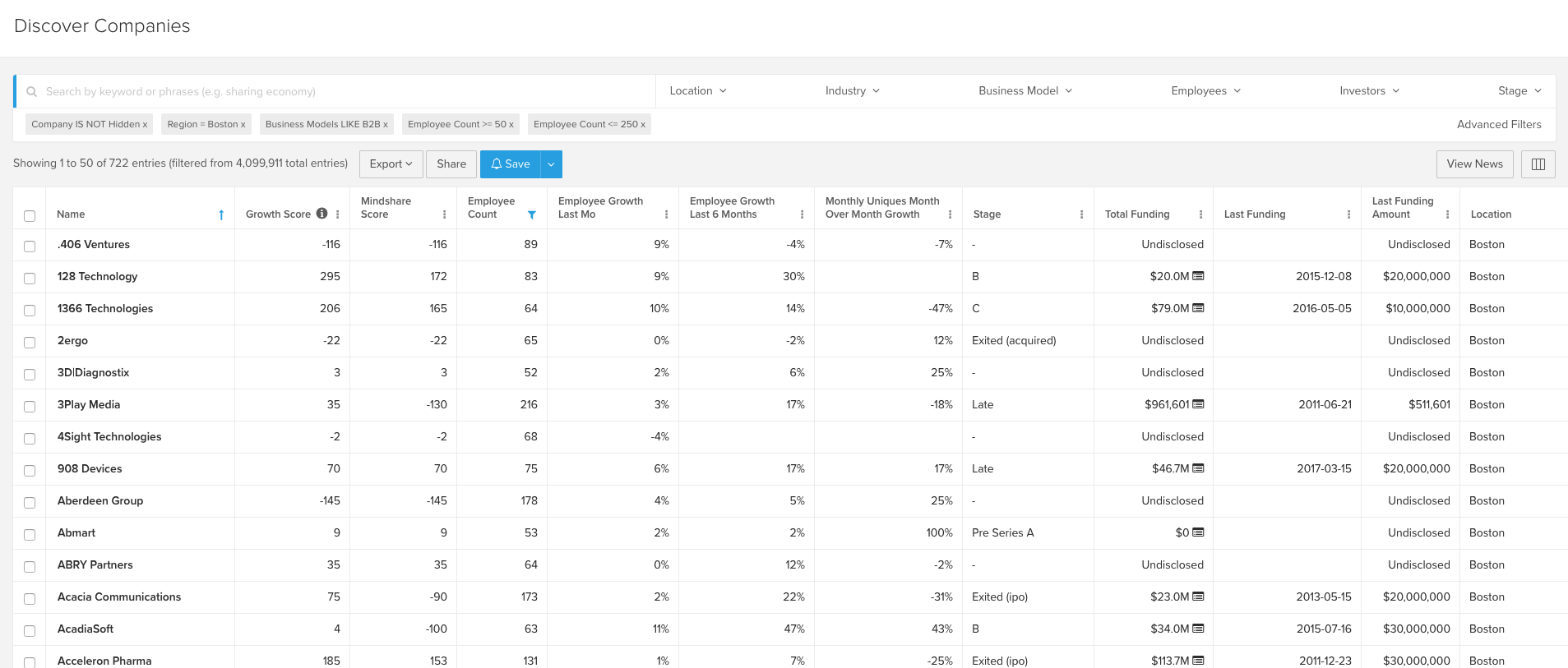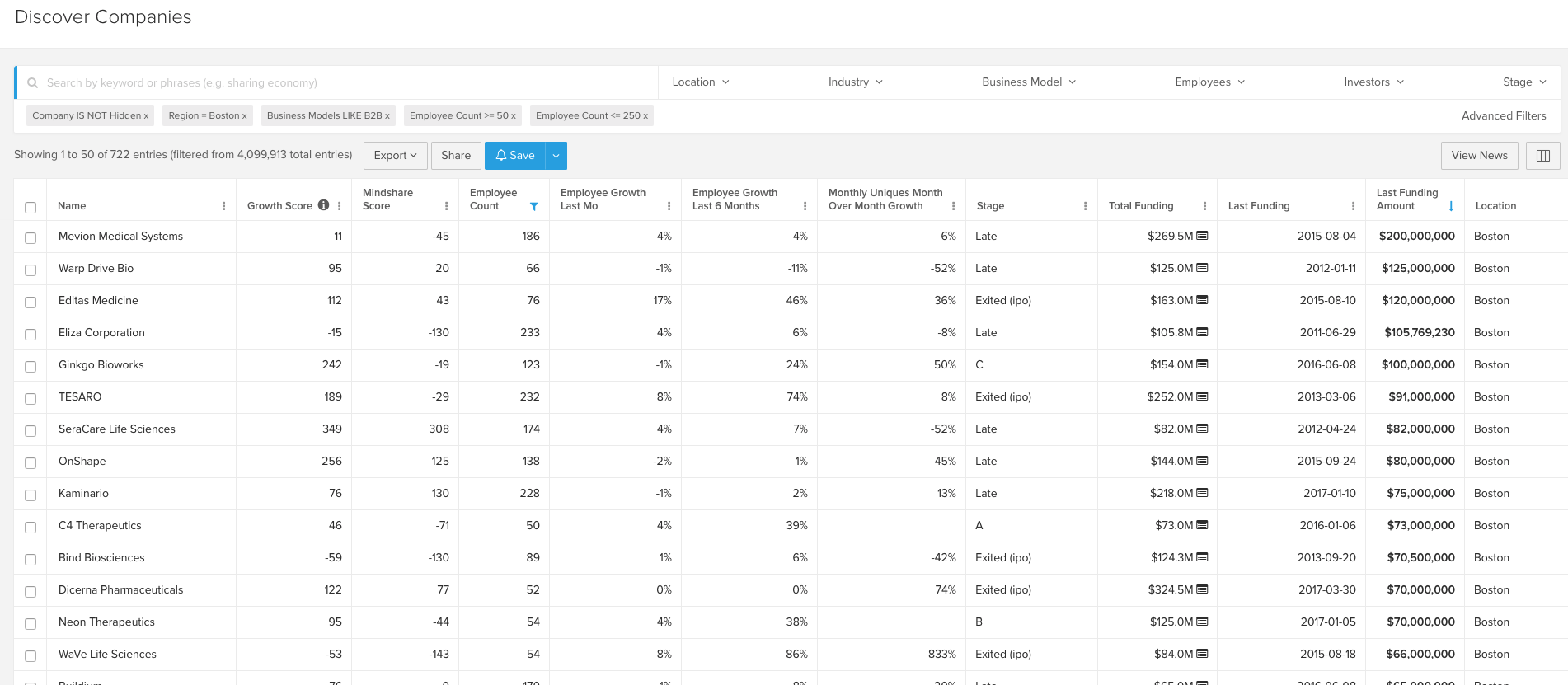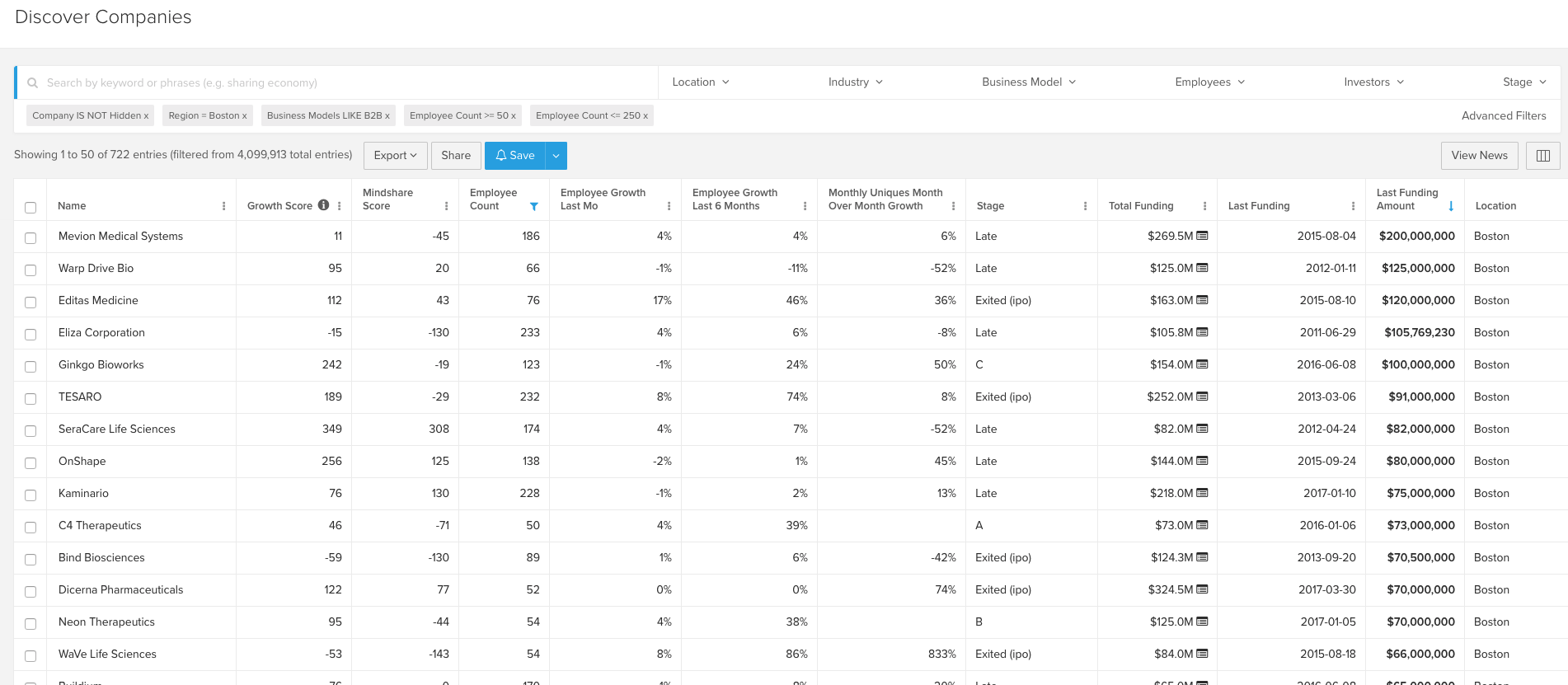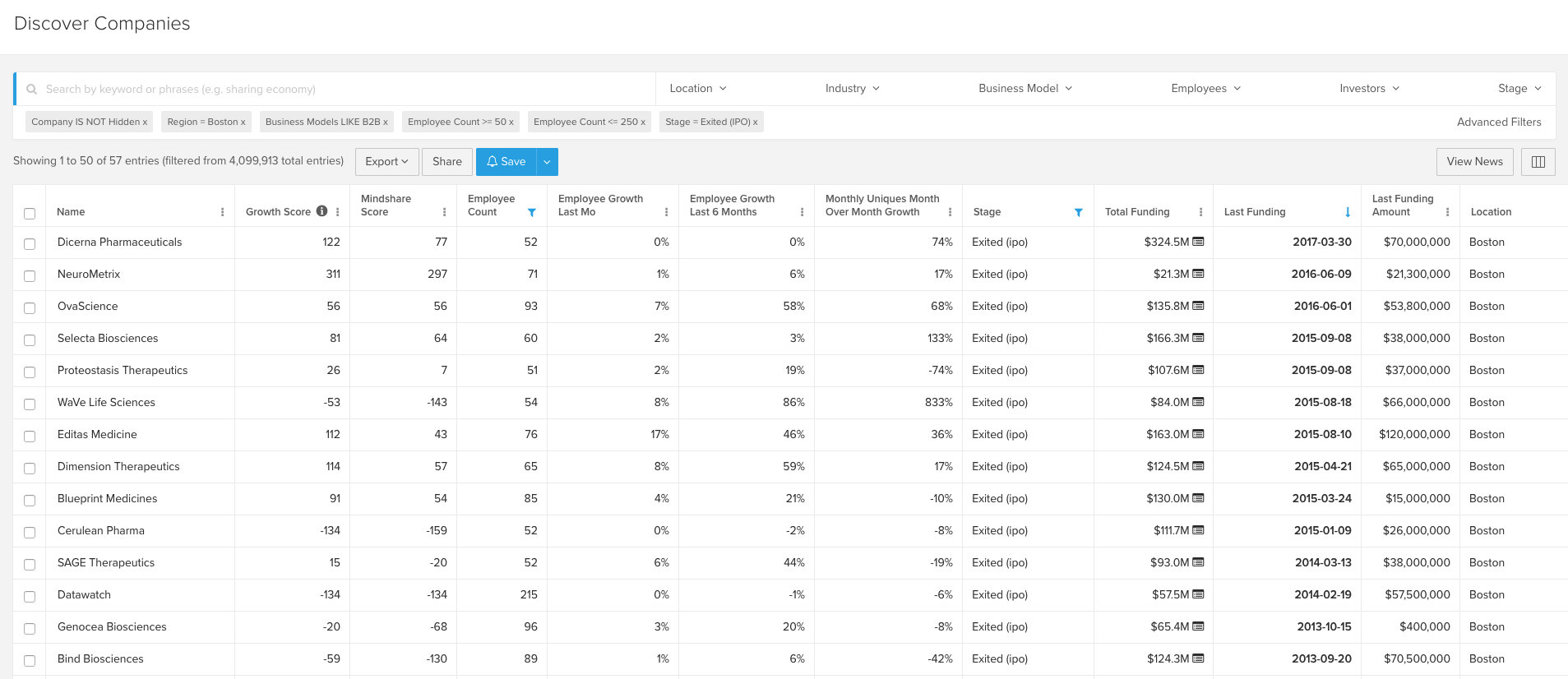Every single sales rep has encountered this nightmare scenario. They are talking to a lead who is incredibly excited. The lead is desperate for the product, with an absolute bullseye use-case. The rep can smell the quota.
Then they ask the simplest of simple qualifying questions:
How much do you have budgeted for this solution?
Then all they hear on the other end of the line is… crickets. That, or vacillation as the prospects reels off their current situation as “funding is coming in Q2.”
This is a fundamental dilemma of sales—you don’t know if you’re wasting time talking to a prospect until you actually talk to them. Reps don’t know whether that money will be available before they start interacting with a prospect. If they did, then they could save themselves a ton of time by only reaching out the ones that had the budget.
But this dilemma doesn’t have to exist for your sales team anymore. By adding lead research into the mix before you get leads on the phone—or even before that—you can find the answer to one of the most important questions your reps have for prospects to answer.
Enrich to understand your prospect’s prospects
Sales require money. If not, it’s just giving stuff away.
That’s why in a BANT-like (Budget, Authority, Need, Timing) qualification process, budget will be one of the first issues that arises. But every single rep would prefer it arise even quicker.
In modern sales, if your rep is assessing budget on a call, then they have already wasted some time. All this information (and more) can be found out a lot quicker through lead enrichment.
This gets your reps out in front of the problem. By enriching leads with funding news and information, then the reps already know whether the prospect has the budget. They can then make a decision whether to follow-up based on that data.
Prioritizing between Company X and Company Y
For instance, say you make a tool that helps banking and fintech companies primarily. A lead from Company X and a lead from Company Y come in. On the surface, they look the same. Your rep takes them in the order assigned.
But a quick comparison of funding and number of employees shows that the rep should be prioritizing Company X ahead of Company Y.
Only a month ago Company X got a massive cash injection. They are a Series A company with $8M raised and a steady increase of employees in the past 6 months. Company Y has pre-series A funding, but it’s $1M raised 2 years ago, while their employee count growth seems to have stagnated.
It’s not that your reps should not have a conversation with Company Y. They might be a great fit in the future. But in a world where sales teams are under pressure every day with strictly limited time to nurture prospects, the one with the money and steady growth in employee count, has to come first. You already know they have the Budget, a growing team, and your rep can now reach out to ask about Authority, Need, and Timing. Perhaps your solution is what Company X needs with their growing team and new round of funding.
Tracking funding for your Ideal Customer Profiles
Lead enrichment is great for all your inbound leads. But it’s reactive. You have to have the lead information to enrich.
Prospect discovery is proactive. You are allowing your team to use the parameters of your ideal customer profiles to go out and hunt down the right customers for you. Depending on your ICP, there are a ton of ways to discover prospects—industry, size, location et al. The budget to buy is definitely one of these categories.
If your ideal customer is a mid-market B2B company in Boston, you can set up your search parameters within Mattermark to find only these companies:

This is a great start to discover the best prospects to nurture. But you are still left with a long list—down to 722 from the ~4 million public and private companies in the Mattermark database.
You could start your SDRs off on .406 Ventures and slowly work your way down (to ZoomRx, if you’re wondering), but there are better ways than the alphabet to prioritize the list. Funding is one of them. Or rather, funding is three of them.
1. Prioritize by the dollar amount of funding.
This could be either the total amount of funding the company has received or the amount from their most recent raise. If you sort the ~700 companies by highest funded recently this could give your sales reps a good starting point for prioritization:

There are five companies within our ICP that have raised over $100M each in their last funding round. The day after this cash hit their bank, they were all looking for ways to meet the aggressive targets they had given investors. By organizing and prioritizing according to funding totals your reps can get insight into where money is flowing within their ICP.
2. Prioritize by recency of funding
It can seem great to go after a company like Warp Drive Bio, with its $125M investment, until you realize that funding came 5 years ago. This means that they could have already burned through a substantial amount, and they’ll have already invested in the growth tools they needed at the time. Reps instead want to follow Sand Hill Road because they can find who recently got funding and is looking to expand their team, grow their company, and thus invest in new tech.
To find companies that have more recent investments, you can see who has raised in just the previous 3 months. This gives you a much more high-value priority list, in this case, of 18 companies who have raised in the last quarter:

This is a very interesting list to work from. Within the last 3 months, B2B companies in Boston with between 50 and 250 employees have raised over half a billion dollars. There is a lot of money floating around the Charles right now.
With this simple list of 18 as a start, your reps could dive into each of these companies who’ve raised recently, learning more about their needs, finding the key decision makers, and then reaching out.
3. Prioritize by funding stage
This will depend on what type of company you see as ideal and the product you sell. If you are looking to get in on the ground floor of high-growth early startups, finding Series A funded companies will be your priority. If you want to find public companies, you can look for companies that have exited with an IPO in your ICP:

When you are looking at specific stages of funding, the individual news associated with each company becomes more important. Through this we can see that Dicerna Pharmaceuticals recent funding comes from a $70M convertible note lead by Bain:

This information can also help decide how funding comes into play in your prospecting strategy. Do you want to go for higher-volume companies in the nascent stages of funding? Or do you want to go for high-end enterprise firms that are going/have gone public? This should be something that is baked into your ideal customer profiles that find the best-staged customer for your company’s success.
Taking a bird’s-eye view of funding
Proactive reps could, and should, take this further. Are certain industries getting funded? Within our ICP above there are a ton of biotech companies. This is part of the type of company that you get in Boston, but also the excitement that these type of companies are bringing. No need to fret though. You can easily restrict that industry, or any other industry from the search criteria to hone in on the companies you’re specifically targeting.
You can use this data to build your business strategy not just for next month or next quarter, but for next year and the next five years. Follow the money.
Also published on Medium.
